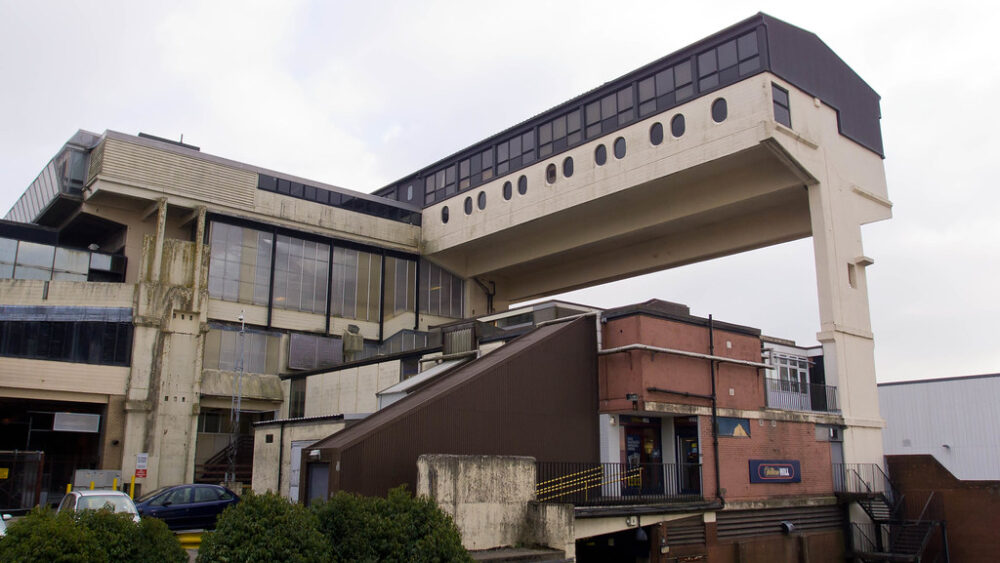‘The Architecture of Happiness’ by Alain de Botton

Can a building make you happy—or quietly chip away at your mental health?
That question caught me off guard when I picked up Alain de Botton’s The Architecture of Happiness from the library. I’d recently read On Confidence, from his School of Life organisation, and was reminded how much I’ve enjoyed his previous work. This volume caught my eye—partly through familiarity, partly through curiosity. Could architecture really shape our emotional lives?
De Botton argues that the physical environment—buildings, homes, public spaces—does far more to shape our mood than we typically acknowledge. This isn’t a book about design tips or architectural history; it’s a gentle, probing exploration of how our surroundings reflect and influence who we are.
It made me reconsider how Wendy and I make decisions about our home. We tend to ask, ‘Does this look nice?’—not, ‘Will this make us feel more at peace here?’ We’ve recently used a lot of Mizzle, and even at their most florid, Farrow & Ball’s copywriters don’t mention an impact on mood. But perhaps they should. If de Botton is right—and he makes a compelling case—then colour, shape, texture, and proportion aren’t just aesthetic flourishes; they’re part of the emotional architecture of our lives.
I was particularly struck by his critique of brutalism. It’s a style I’ve long admired—solid, unapologetic, defiantly ugly in a way I find rather beautiful. But this book unsettled that affection. Would I really want to live with exposed concrete walls? Could I stand that level of severity every day?
There’s a difference, I realised, between architectural admiration and emotional sustenance. Striking buildings might please the eye or stimulate the mind—but they don’t always nourish the soul. De Botton argues that beauty isn’t always bold or dramatic. Sometimes it’s quiet, human, and oddly hard to describe until you step into a space that just feels right.
That was the shift for me. I’d thought of architecture as something to look at, or photograph, or analyse—like sculpture on a civic scale. But The Architecture of Happiness reframes it as something intimate and daily: the backdrop to our moods, our habits, our lives.
It’s a gentle, intelligent, and quietly radical book. I’d recommend it to anyone curious about how the spaces we inhabit end up shaping us in return.
This post was filed under: What I've Been Reading, Alain de Botton.